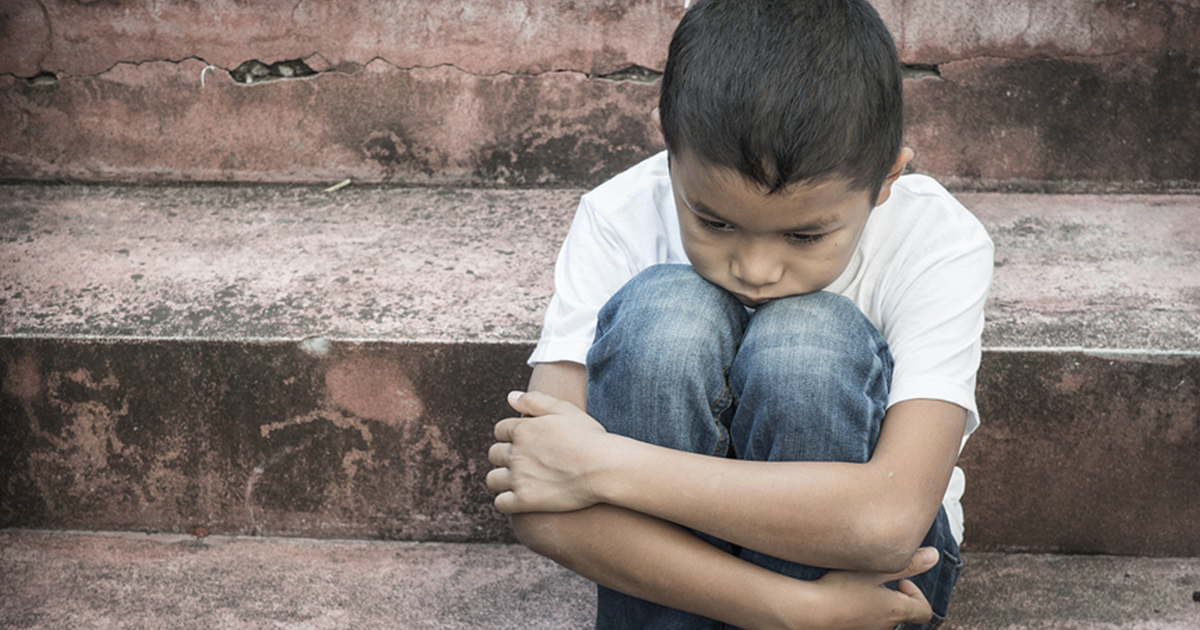The Most Dangerous Month for Teenagers With Suicidal Thoughts

By:
A higher percentage of teens are being admitted to hospitals for suicidal thoughts or self-harm, and new research points to seasonal trends.
 Flickr/DeeAshley - flic.kr
Flickr/DeeAshley - flic.kr
The abstract of new research is being presented to the 2017 Pediatric Academic Societies Meeting in San Francisco on Sunday. The study analyzed children aged five to 17, who were admitted to 32 children's hospitals for suicidal thoughts or self harm. The analysis of 118,363 incidents showed that these hospitalizations doubled from 2008 to 2015.
- More than half the patients were between the ages of 15 and 17.
- Nearly 37 percent were between the ages of 12 to 14.
- Nearly 13 percent of the incidents were between children ages 5 to 11.
 Bigstock/obey leesin - bigstockphoto.com
Bigstock/obey leesin - bigstockphoto.com
The lowest rates of hospitalization for suicide or self harm happened in the summer months, June through August, and the highest rate of incidents happened during the fall and spring of the school year.
"When we looked at the number of kids awaiting placement or admitted at one time, month by month, there is a huge difference in the months," lead author Dr. Gregory Plemmons, told CNN. "Certainly, the month of the year that is the lowest for suicidal thoughts and ideation is July, and we see those numbers creep back up right when school starts."
Plemmons said it's possible cyber bullying could play a role in suicidal thoughts.
"It's anonymous today, I think that's a big difference," he told CNN. "Years ago, you knew who (the bullies) were."
Although the study doesn't address the reasons for suicide attempts, bullying from classmates could be a factor.
More than 20 percent of students report being bullied, according to a 2016 report by the National Center for Educational Statistics. Although the prevalence numbers vary across research, about 15 percent of kids report "involvement" with cyber bullying. The Centers for Disease Control and Prevention characterizes bullying as a public health problem.
The CDC recommends these steps to prevent bullying:
- Improve the supervision of students and use effective techniques in the classroom to give students consequences for bullying.
- Schools should have anti-bullying polices that are enforced.
- Using school rules and behavior management techniques in the classroom and throughout the school to detect, address, and provide consequences for bullying.
- School staff and parents should have good communication and a good working relationship to address any issues.
